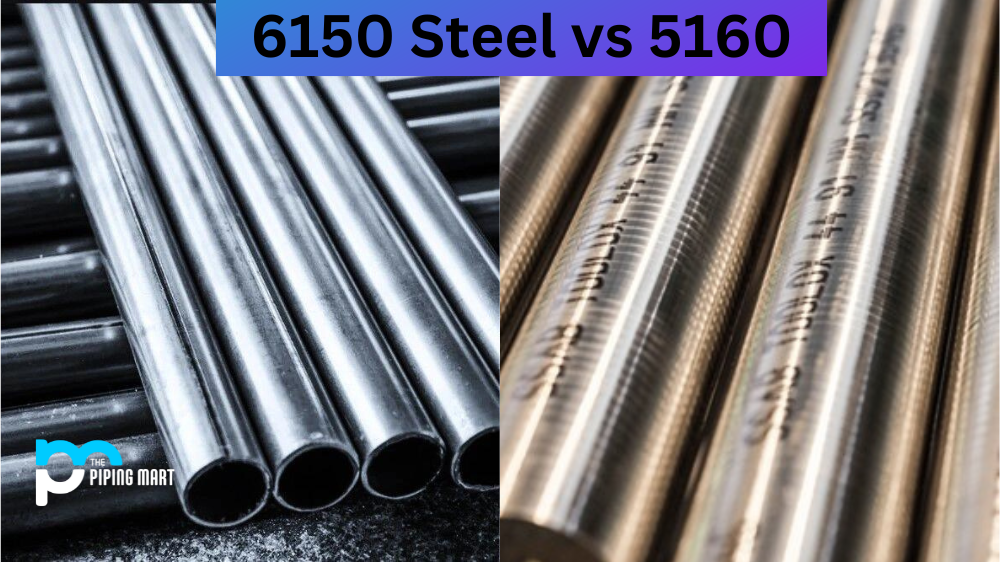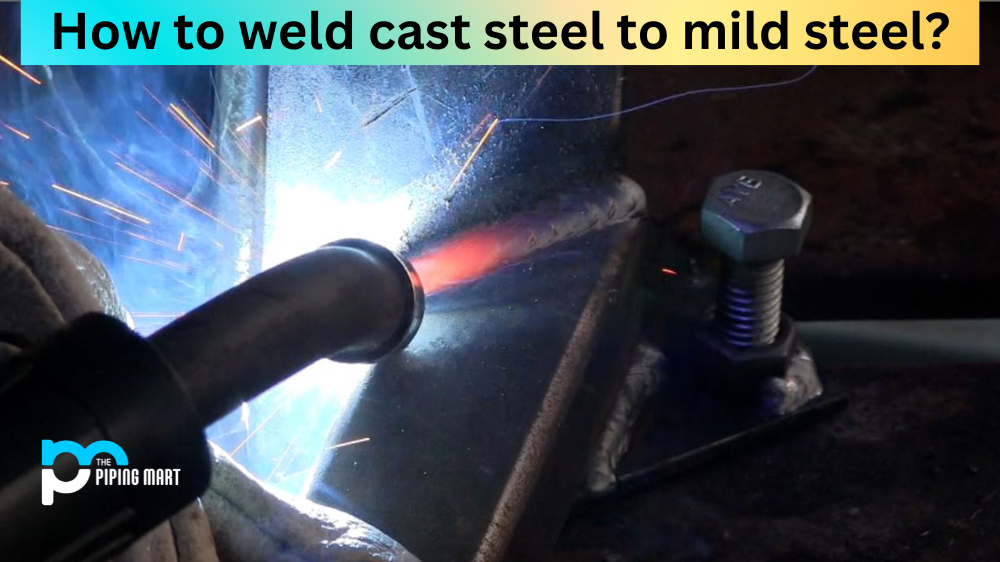When selecting the right type of steel for building, manufacturing, and other industrial applications, plenty of options are available. However, the challenge is choosing the right steel grade that offers the right mix of strength, durability, and performance. This blog post will compare two popular steel grades – 6150 steel and 5160 steel. We will highlight each steel grade’s features, benefits, and drawbacks, helping you decide on your project requirements.
What is 6150 steel?
6150 steel is a chromium-vanadium alloy known for its toughness and strength. The alloy is often used in applications with high-stress levels, such as springs and gears. Additionally, 6150 steel can be heat treated to improve its properties.
What is 5160 steel?
5160 steel is a carbon-chromium alloy known for its flexibility and elasticity. The alloy is often used in applications with high shock levels, such as in shock absorbers. Additionally, 5160 steel can be heat treated to improve its properties.
Difference Between 6150 Steel and 5160
Properties
6150 steel has a higher carbon content than 5160 steel, which gives it better hardness and strength. However, 5160 steel has a higher chromium content than 6150 steel, which gives it better corrosion resistance and flexibility. Additionally, both alloys can be heat treated to improve their properties.
Machinability and Weldability
Another key difference between the steel grades is their machinability and weldability. 6150 steel can be easily welded without cracking, whereas 5160 steel may require preheating and post-weld annealing to prevent cracking or distortion. Similarly, 6150 steel is easier to machine and shape due to its lower carbon content and softer state.
Applications
6150 steel is typically used in applications with high-stress levels, such as springs and gears. 5160 steel is typically used in applications where high levels of shock are present, such as in shock absorbers.
Pricing
6150 steel is typically more expensive than 5160 steel due to its higher carbon content.
Conclusion
Both 6150 and 5160 steel grades offer unique characteristics and benefits, depending on your project requirements. If you need a steel grade that is tough, resilient, and can absorb shock and vibration, 6150 steel is an excellent choice. On the other hand, if you need a steel grade that is hard, strong, and wear-resistant, 5160 steel is the perfect fit. Ultimately, it is essential to evaluate the specific needs of your project and select a steel grade that offers optimal performance and durability.

A passionate metal industry expert and blogger. With over 5 years of experience in the field, Palak brings a wealth of knowledge and insight to her writing. Whether discussing the latest trends in the metal industry or sharing tips, she is dedicated to helping others succeed in the metal industry.




